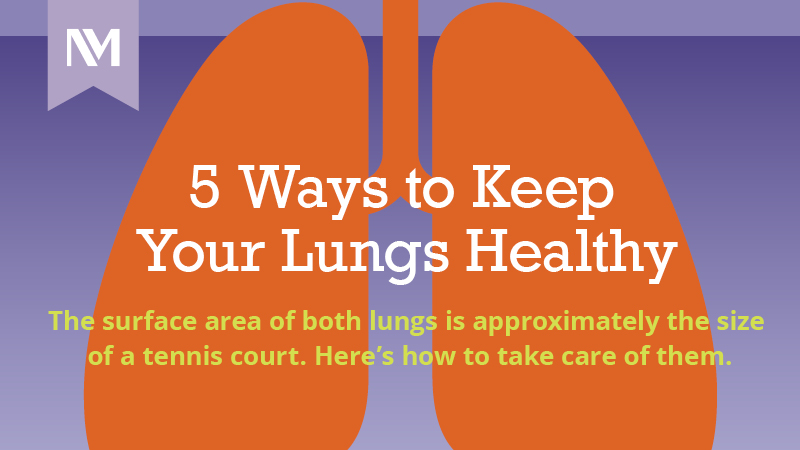Causes and Diagnoses
Causes and Diagnoses of Respiratory Infection
Lower respiratory infections are caused by a variety of microbes, including bacteria, viruses and fungi. Often, a lower respiratory infection can be accompanied by a cold or flu.
Lower respiratory infections can occur to anyone, but those most at risk include:
- Smokers
- Young children
- Adults over age 65
- People with respiratory diseases
- People with weakened immune systems, including those with HIV
- People who have just had major surgery
Diagnosing respiratory infections
To determine if you have a lower respiratory infection, your physician will ask about your symptoms and conduct a physical exam, listening for abnormal breath sounds. Tests may include:
- Sputum test: You may be asked to provide a sample of mucus to be checked for bacteria.
- Tuberculin skin test: A small amount of tuberculosis antigen is injected under your skin. If a red bump appears, it indicates that you have been exposed to TB.
- Spirometry: This test measures the quantity and speed of air you exhale to estimate how much your bronchial tubes are inflamed and narrowed.
- Peak flow meter: This device measures how hard you can exhale. Peak flow meters can be used at home to monitor your condition.
- Arterial blood gas: This blood test checks the amount of oxygen and carbon dioxide in your blood and measures your blood’s acidity.
- Pulse oximetry: An oximeter measures the amount of oxygen in your blood with a sensor that’s clipped onto your finger.
- Chest X-ray: This test can identify the presence of pneumonia or other blockages in the airway.
- Computed tomography (CT) scan: This test combines X-ray and computer technology to produce detailed cross-sectional images of your chest cavity.
- Bronchoscopy: An endoscope (a thin, flexible tube with a light and camera on the end) is inserted into your airway to check for blockages or remove samples for testing.
- Pleural fluid culture: A needle is inserted between your ribs to get a sample of the fluid between your lungs and chest wall for testing.


